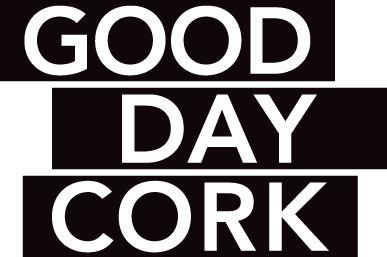The importance of music to people & communities
By Siân Brown MA MT NMT - Date: 16/12/2020

The innate musicality of human beings and the healing power of music has been written about and documented from as far back as the writings of Aristotle and Plato! Existing since the dawn of time, music is deeply rooted as a healing tool in all civilisations, cultures and communities. Plato said “Music is most sovereign because rhythm and harmony find their way to the inmost soul and take strongest hold upon it, imparting grace, if one is rightly trained.” Aristotle stated “mystic music allows one to heal and purify the soul.” Indigenous cultures, such as Native American, Aboriginal and Mayan Shamans have used chanting and music for healing purposes for centuries. Christianity has always used music as part of sacred ceremonies.
Music therapy, as a profession, was initially developed to help injured soldiers returning from WWII with PTSD in the mid 1940’s with many papers on the benefits of music in health since. Music as a tool for healing and well being has run through all ages to this day and is well documented and researched. From the second we are born into this world we let out a cry as a form of communication. The developing sounds of an infant have rhythm, melody, pitch, timbre, intensity.
A mother in tune with her baby can tell what these sounds might mean. One particular pitch may mean hunger, another melodic gurgle could mean contentment. These sounds are eventually extended into speech. ‘Motherese’ is the melodic way in which a mother/parent often talks to their young children. It includes higher pitch, lengthened sounds, slower speech… Studies show that 4 month olds prefer ‘motherese’ to normal voice (Fernald, 1985). There is also evidence to show that infants prefer music to speech (Nakata and Trehub, 2004).
Rhythm is our mother.
There are so many ways to utilise music as a healing tool for both individuals and communities. Not long after I qualified as a music therapist I began volunteering at the Cork Migrant Centre (CMC). For over a year I ran a weekly, music therapy led, children’s group that lasted about two hours while the mothers would take various courses in another room. There was a different mix of children every week and age ranges ran from babies right up to five years. There were children from all over the world who now lived in Ireland. Some hadn’t begun talking yet and some didn’t speak English.
Music therapy, as a profession, was initially developed to help injured soldiers returning from WWII with PTSD in the mid 1940’s with many papers on the benefits of music in health since.
All these things were perfect for this multinational, multilingual group of youngsters. During the two hours we played lots of musical games with a range of instruments like shakers, lollipop drums and everyone’s favourite gathering drum. Towards the end of the session we had a relaxation section where the children would colour while listening to very calming classical music.
We finished off the session with a Goodbye song. The children knew to start getting ready to return to their mums when we began singing goodbye to each child by name and providing each child with a quick memory of what they had done in session.
The Hello and Goodbye songs bookended the session perfectly and allowed the children a feeling of safety as they knew what was happening.
There are so many ways to utilise music as a healing tool for both individuals and communities.
I couldn’t think of anything more helpful in those children’s groups as music, the Universal language! Humans are, and have always been, musical beings. The natural rhythm of the heart beat mimicked by the neanderthal beating on a primitive drum could still be with us as part of our ‘collective unconscious’ of which Carl Jung speaks. The ‘universal memories of the species’ identical in all individuals and consisting of pre-existing forms. Even in utero we are surrounded by the natural rhythms of the body: breathing, pulse, heartbeat. We are at home with rhythm. Rhythm is our mother.
Siân Brown releases her third solo album ‘And She Was’ on 18th Dec 2020 on Spotify.
No related posts.

